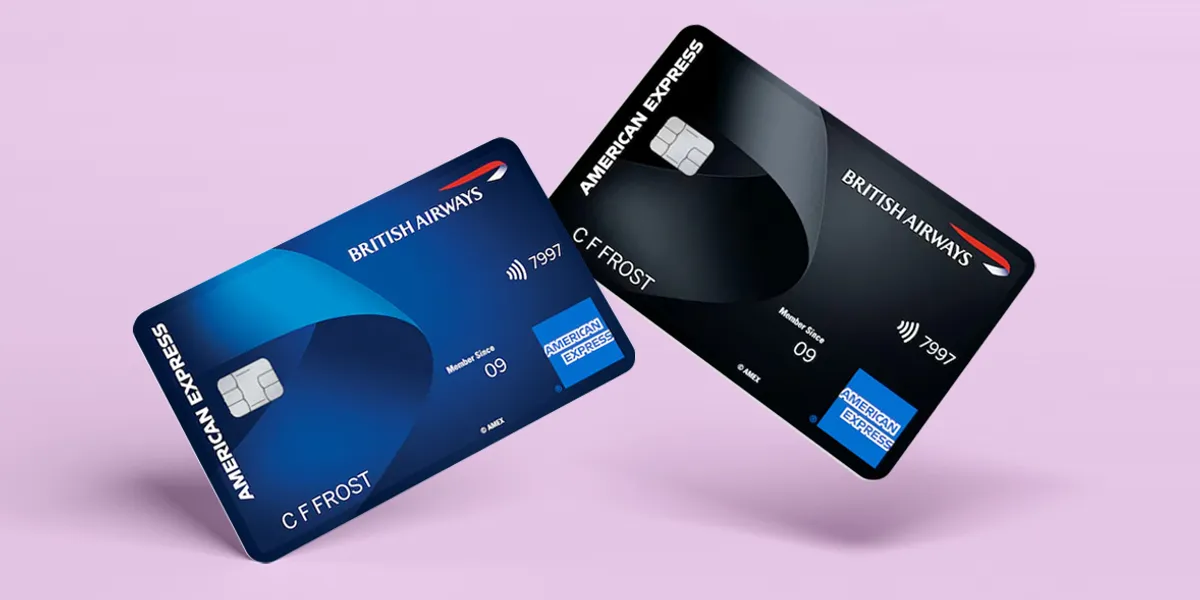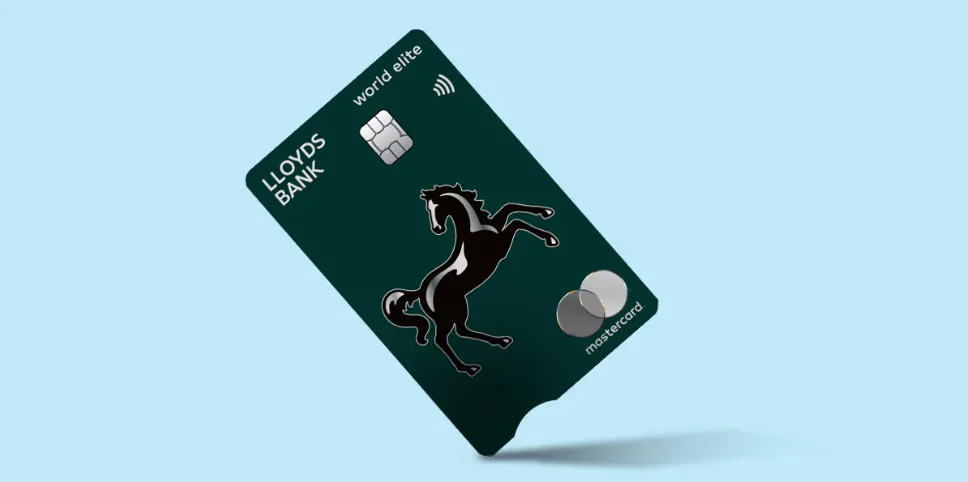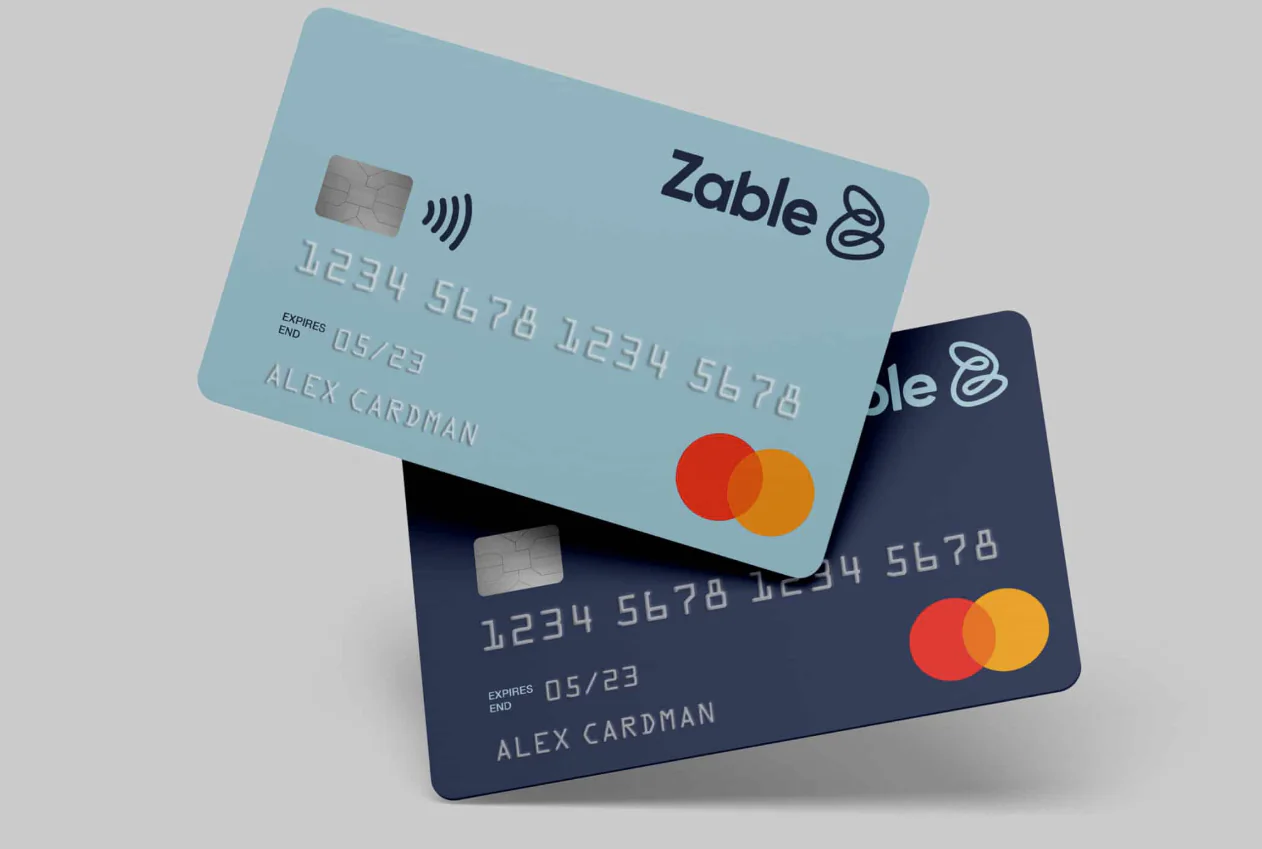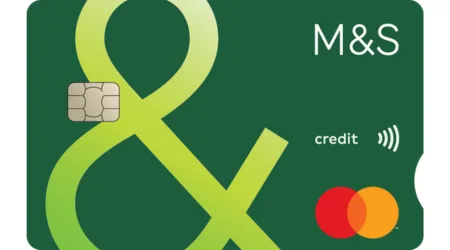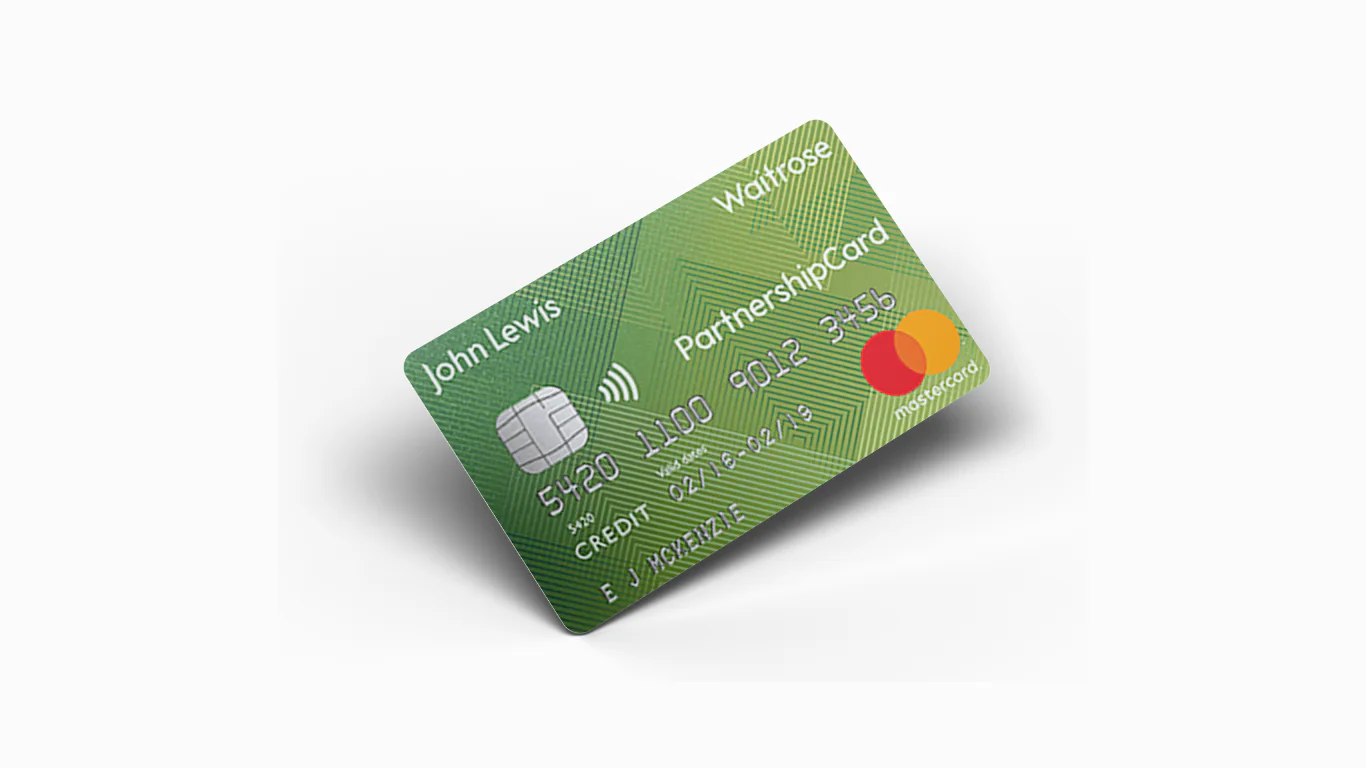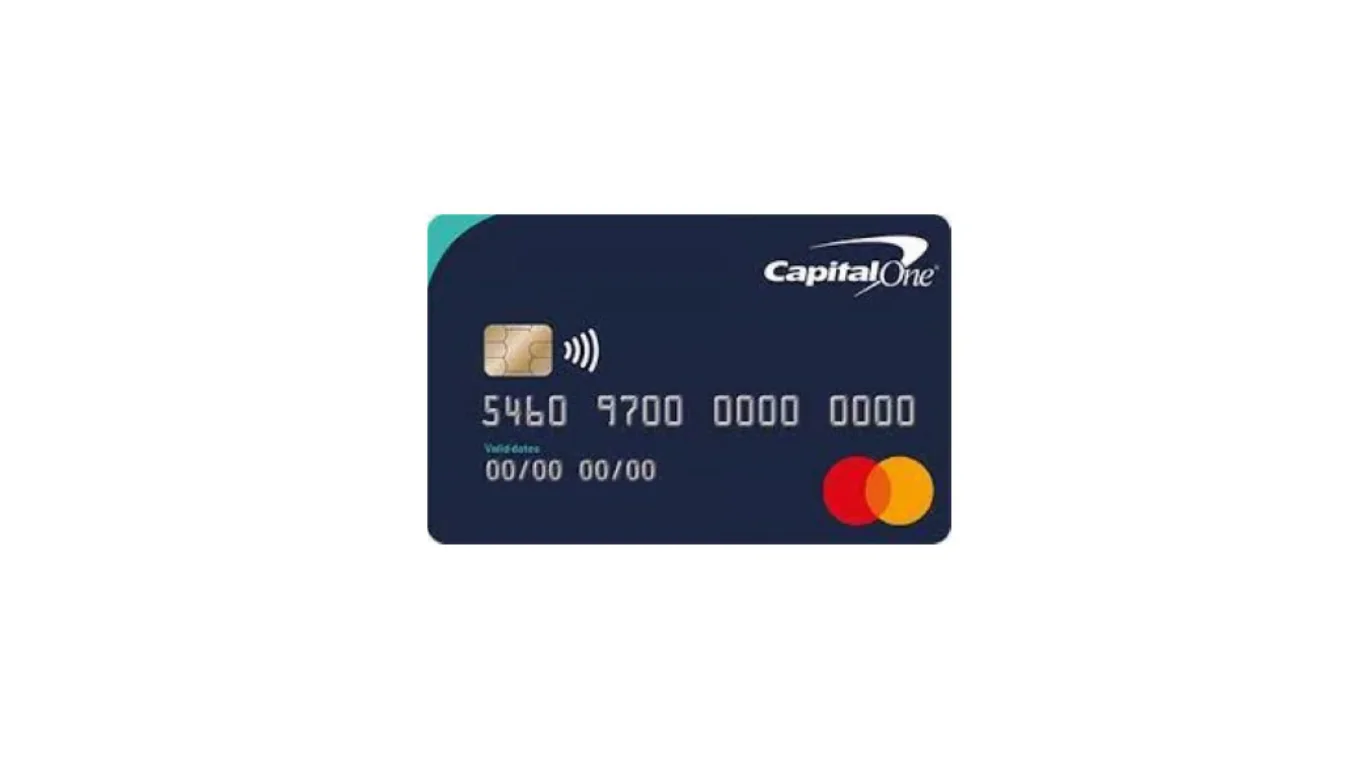HSBC balance transfer credit card: you move what you already owe to a new card, get a spell at 0% on that balance, and use the break to chip away at the debt on your own schedule.
Below is a straight-talking walkthrough of how these cards usually work, what’s worth checking before you apply, and a few small habits that help the 0% period actually save you money.
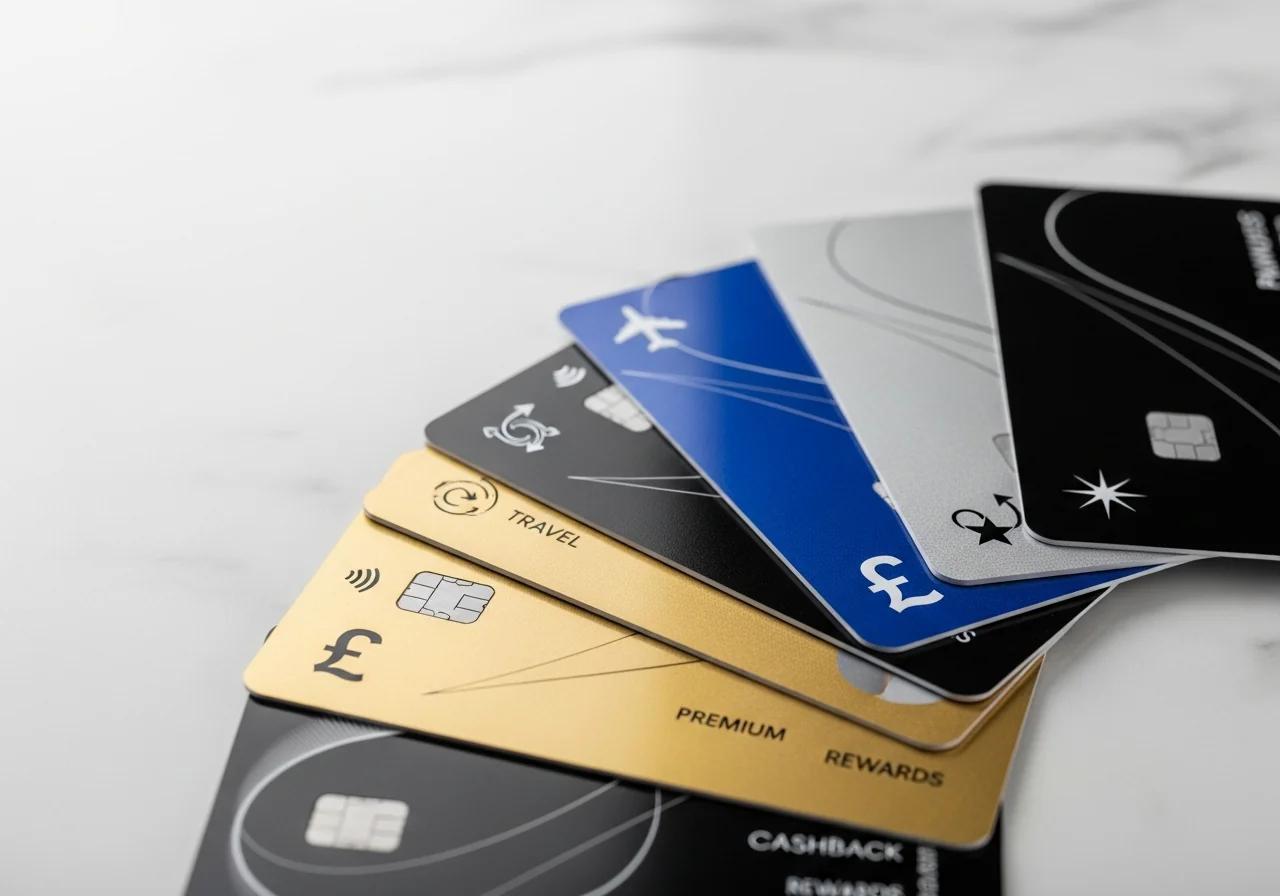
More About Credit Cards
Below, we’ll share articles related to this topic. So, read on:Quick note: offers and eligibility change, and not everyone sees the same deal. It’s sensible to glance at HSBC’s latest terms before you hit “apply”.
Balance transfers, in plain terms
A balance transfer credit card lets you shift an existing card balance onto a new one that offers a 0% introductory rate for a set number of months.
During that window, your payments go to the balance itself rather than interest, provided you pay on time, stay within your limit, and complete the transfer within the card’s stated deadline. When the promo ends, the card’s standard variable APR applies to anything still outstanding.
Quick example: say you move £1,200 to a 0% offer with a 3% transfer fee (that’s £36). If you then pay £70 a month, you’d clear the balance in around 18 months, assuming no new spending on that card. Pay less, or miss payments, and the numbers change fast.
HSBC typically runs fixed-length promotions. You still make at least the minimum payment each month to keep the offer alive, but you’re not fighting compound interest while you clear the balance.
Who tends to benefit
Paying interest elsewhere? Moving a balance to 0% can ease the monthly squeeze.
Prefer a finish line? A fixed promo gives you a target date to be done.
Like predictability? You can plan repayments around the end date and stick to it.
If spending keeps outpacing repayments, a transfer card on its own won’t solve the root problem. Pair it with a simple budget and a payment routine you can keep up with.
Key features to check with HSBC
- Length of the 0% transfer period: Shown in the live offer and confirmed in your welcome pack.
- Balance transfer fee: Usually a percentage of the amount moved, added up-front.
- Transfer window: You often need to complete transfers within a set number of days after account opening.
- Purchase rate/offers: Some versions include purchase promotions; mixing purchases and transfers can affect how your payments are allocated.
- Eligibility checker: A soft-check tool typically gives an indication without a hard search.
- Online & app tools: Set Direct Debits, schedule extra payments, view statements, and switch on alerts.
Costs & fees—no nasty surprises, please
Transfer cards aim to cut interest, but they’re not cost-free. A quick read of the pre-contract info is time well spent.
- Transfer fee: The main up-front cost. Add it to the balance when you plan repayments.
- Standard APR (after promo): Applies to any leftover amount once the 0% ends.
- Late payment fees: A missed payment can end your promo and add charges—set a Direct Debit on day one.
- Cash/overseas fees: Cash advances usually accrue interest immediately; non-sterling transactions may carry a fee.
Simple rule: if the goal is debt clearance, avoid cash withdrawals and keep new spending on this card to a minimum.
Build a quick repayment plan
The power of a transfer card is that you know the clock you’re working to. Try this:
- Confirm your end date. It’s in your welcome documents and on statements.
- Do the division. (Transferred balance + transfer fee) ÷ number of statements left in the promo = your target monthly payment.
- Automate the minimum. Set a Direct Debit for at least the minimum, then top up each month to hit your target.
- Round up a little. A small buffer helps cover rounding differences or small fees.
Illustration only: Move £1,200 with a £36 fee → £1,236. With 12 statements to go, aim for ~£105/month to finish on time. Your numbers will differ.
Why keeping the card “clean” helps
On most cards, repayments clear higher-rate balances first. If your transfer sits at 0% but new purchases don’t, your payments may chase the purchases while the transfer lingers. One simple tactic: dedicate the transfer card to the transfer, and use a separate everyday card that you clear in full each month.
Eligibility & application—what to expect
Requirements shift over time, but lenders generally look for applicants who are 18+, UK-resident, with traceable address history and income that comfortably covers outgoings. Recent, reliable payment behaviour helps.
- Run the eligibility check. It gives an indication without a hard footprint.
- Apply online. Have three years’ address history and your income/employment details to hand.
- Affordability review. HSBC checks the repayments fit your budget.
- Decision & setup. If approved, you’ll get your limit and the window for completing transfers.
Limits and terms are personalised. Treat what you’re offered as tailored to your file, not the same as a headline ad.
Digital tools you’ll actually use
- Direct Debit: Protects the promo by avoiding missed payments.
- Real-time alerts: Due-date nudges, transaction pings, unusual-activity flags.
- Freeze/unfreeze: Misplaced the card? Lock it, then unlock when it turns up.
- Spending insights: See patterns and track progress against your plan.
- Secure messaging: Sort queries in-app instead of waiting on hold.
Security and everyday good sense
- Strong Customer Authentication: Expect an extra verification step online—it’s there to reduce fraud.
- Keep details private: Don’t share PINs or one-time codes; your bank won’t ask for them.
- Check statements monthly: A quick scan catches errors early.
- Abroad? When asked “pay in GBP or local currency?”, the local currency usually gives a fairer rate than dynamic currency conversion.
Common missteps (and easy fixes)
- Missing a payment: Can end the promo early. Fix: set a Direct Debit on day one.
- Waiting too long to transfer: Many offers have a deadline. Fix: action the transfer soon after approval.
- Adding new spend: Complicates payment allocation. Fix: keep this card “transfer only” if you can.
- Forgetting the end date: Standard APR applies after the promo. Fix: calendar reminders + a finish-line plan.
- Multiple hard searches: Too many apps in a short time can dent approvals. Fix: pace yourself and use soft-check tools first.
How HSBC stacks up (big picture)
HSBC competes with several UK banks offering 0% windows. The “best” option depends on what matters more to you:
- Longest useful 0% term you are offered (not just the headline).
- Transfer fee versus the time you need to clear the balance.
- Purchase promos (only valuable if you’ll actually use them responsibly).
- App & service quality—handy for staying organised.
If your goal is lowest overall cost, run the numbers: current interest you’re paying vs. transfer fee plus your monthly plan. If you value smooth app tools or support, weigh those highly too.



